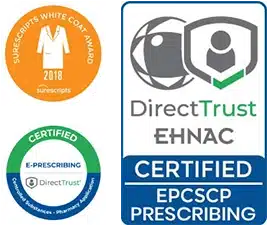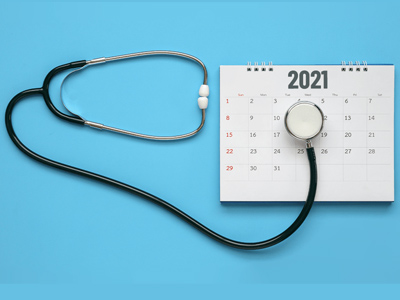
Modifier 22 Everything you need to know
But, what is modifier 22? It is described in the CPT guidelines as a benchmark that classifies increased procedural service. The CPT code book’s Appendix A explains that a modifier comes to play when the work needed for a particular procedure goes beyond what is typically required.
Using it correctly helps in reimbursing a physician and ensures this group of professionals is compensated for any additional time they are involved in tackling unseen difficulties and other unanticipated complications.
But it is imperative to note, proper reimbursement goes beyond just integrating a modifier to a service code. According to professional coders, there are many other factors and requirements that come into play.
In this regard, this guide seeks to explore how procedural coding works and when to use modifier 22.
How does Modifier 22 Work?
Modifier 22 finds its application mainly in surgical procedures. And they come in handy when the provider of the procedure performs substantially more work while discharging their services.
But with no preset criteria set by CPT to determine that the procedure has exceeded the range of complexity, coders may have to come with their interpretations.
Though, the aforementioned scenario is not recommended. This is because CPT codes are not subjective. By treating them as such, may raise red flags with payers who will deem a coder’s modifier 22 as incorrectly attached to all procedures.
Even worse, the payers will start taking a keen look into claims made through modifier 22.
So, what do you do if you want the modifier you wish to attach to a CPT code work smoothly? First, as a coder, you have to conduct in-depth research and try to understand the situations that are best suited for the use of modifier 22. Set a range of complexities that a payer will concur with, therefore, ensuring the module 22 claims proceed smoothly without hiccups.
Situations that are Justifiable to Use Modifier 22
While modifier 22 is attached to the CPT code for multiple procedure claims, the main aspect to consider in their application is that they should be used rarely and in the most challenging procedures. Some of the situations that warrant the use of modifier 22 include:
• Excessive hemorrhage (blood loss) associated with the procedure.
• Great levels of trauma that cause extreme difficulties or complications when a surgeon is performing the procedure.
• Complex services that have been included and go beyond the complexity range documented in the CPT code.
• Existence of other genetic mutations such as tumors, malformation, or pathologies that directly interfere with the surgical procedure in question.
• Other factors such low birth weight and morbid obesity, just to mention a few.
Cases where Modifier 22 Cannot be used
There are some instances that are inappropriate to use modifier 22. They include:
• In cases where there is no documentation of a procedural service exceeding the range of complexity set by CPT code.
• If there is an alternative of performing the same procedure more effectively and documented in the CPT code guideline.
• If the procedure was not performed by a specialist.
Does Difficulty Alone Guarantee use of Modifier 22?
A surgical procedure that requires a physician to put in additional work due to complications may justify the application of modifier 22 combined with the surgical procedure code. Nevertheless, to attach modifier 22 to the CPT code, there must be clear evidence that the procedure is extremely difficult.
According to CPT changes compiled by American Medical Association in 2008, modifier 22 can be used when some additional factors and complexities call for extra physician technical skills, thereby significantly increasing their work and time on the table.
Why is Documentation Important?
Documentation is vital when coding a modifier 22. It helps to clearly indicate additional work performed by a surgical physician as a result of unanticipated complications.
A good example cited by the American Urological Association (UA) entails an overweight patient who is scheduled to undertake a radical nephrectomy combined with regional lymphadenectomy. Documentation in such a scenario comes in handy. The surgeon in question must document things like lysis of adhesion as a result of previous surgery and clearly document additional surgical time even before initiating radical nephrectomy, which would be caused by the sense that the patient is morbidly obese.
More importantly, the documentation should entail:
• An Explicit methodology of the procedure.
• Any unexpected factors that lengthened the time of the procedure.
• Pre-existing conditions and additional diagnoses.
• Any extra effort spent performing the procedure.
• A clear statement detailing the nature of the unexpected service taking into account pertinent supporting portions of the surgeon.
• If applicable, they must include progress notes, pathology reports, and office notes just to mention a few.
Bottom Line
If you think that Modifier 22 provides an easy way to reap additional reimbursements, then you’re not entirely correct. Before payers agree to reimburse a claim with a modifier 22, they will require detailed evidence of complexities beyond the preset range encountered. Always remember it is not always a guarantee you will get extra payments because a modifier 22 is coded on a claim.











